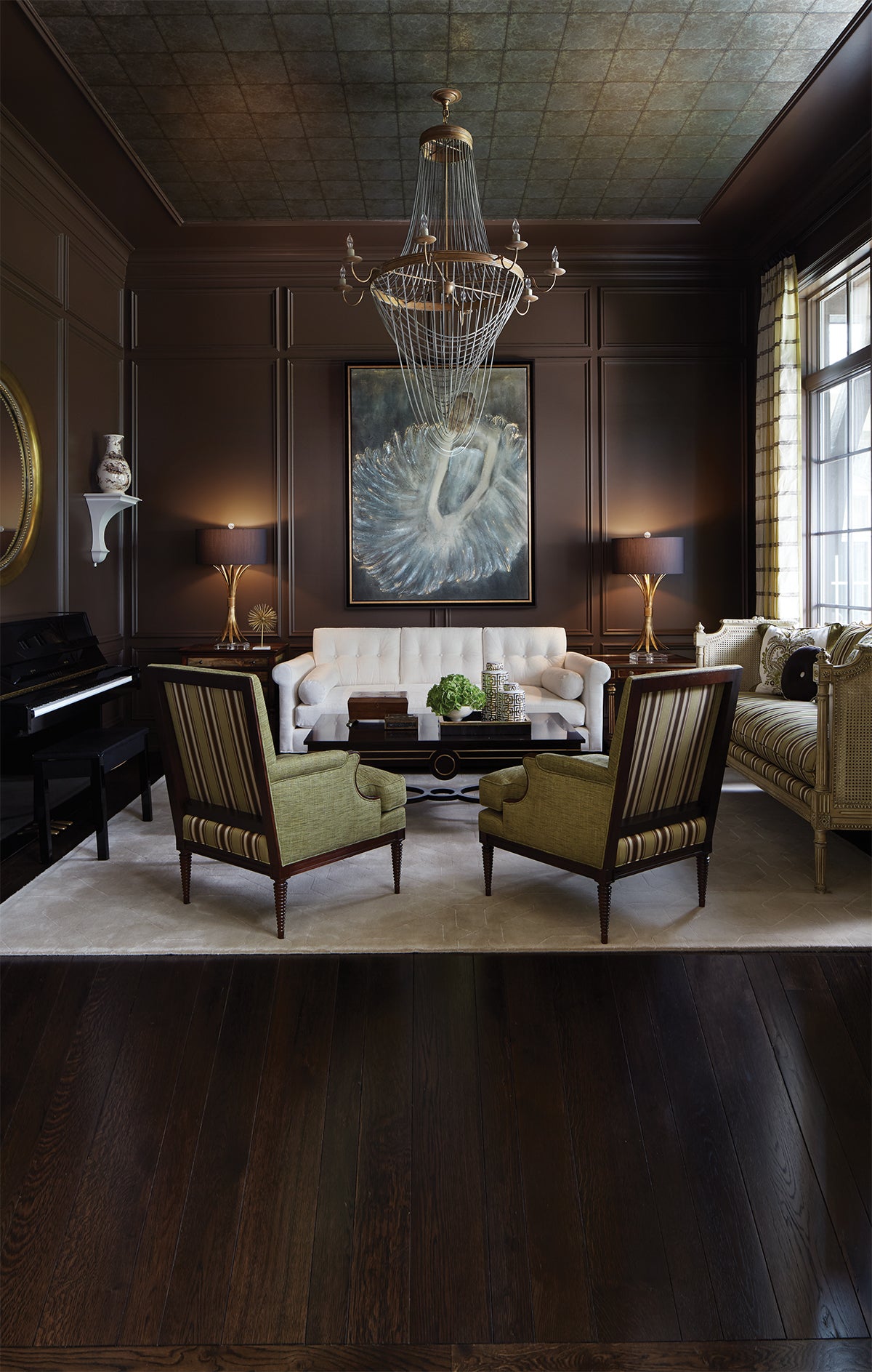In the wake of a turbulent year for shelter magazines, we asked designers if they still value being published in print. The consensus is yes—to an extent.
It’s been a tumultuous year for design magazines, what with the restructuring of Hearst’s shelter books, which resulted in new editorial directions at both House Beautiful and Veranda, and the more recent news that Traditional Home would transition into a special-interest title, publishing only a few times a year—not to mention what felt like an industry-wide game of musical chairs. While the changes seemed abrupt, they were not altogether shocking given the ever-increasing preference that consumers (and media companies) show for digital content.
Like it or not, design magazines are changing with the times, often chasing a younger demographic, placing an emphasis on celebrity homes—or, as New York designer Michael Adams put it, “featuring people with more Instagram followers than talent.” On a recent episode of the Business of Home podcast, renowned Manhattan-based designer Vicente Wolf opined on the state of shelter titles: “There was a time when I felt that to have my work appear in a magazine was the only way to show people what direction I was moving in. I don’t know that that’s the case anymore.”

BOH subscribers and BOH Insiders.










































